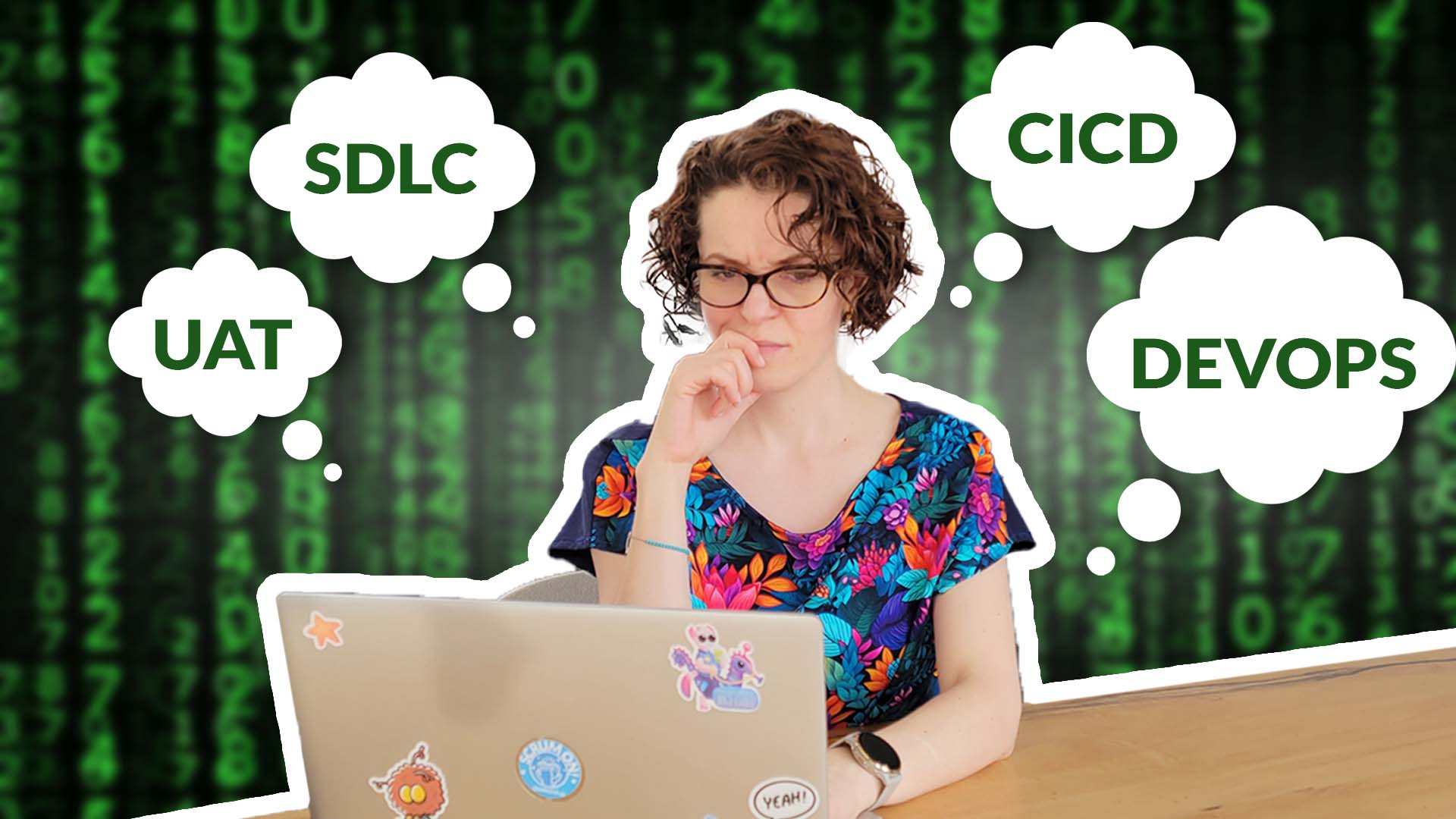Last week I attended a Professional Scrum Facilitation Skills class and it was a lot of fun.
If you didn’t know, it’s a brand new class from Scrum.org that focuses very specifically on how to facilitate discussions and Scrum events with a very practical approach.
And it also comes with a new certification.
In this video I’d like to share what I learned about facilitation from this class and whether you should attend it too.
I was finally able to put on the student hat, and I truly enjoyed being a listener and a participant and not a facilitator for a change.
Professional Scrum Facilitation Skills class or also known as PSFS, is a one day training that has been just recently introduced into the growing list of awesome Scrum.org classes
And it comes with a new certification!
So what did we actually learn there? Was it worth my time as a student?
I’m not going to share the actual class material, of course – for this you will need to attend a class
You might know that I absolutely love the PSM II class for Scrum Masters with experience. It’s highly interactive and offers plenty of opportunities to discuss and share experiences.
And I found the PSFS class do the same as well.
Obviously, as a class on facilitation skills, it gives you some opportunities to practice them but also provides plenty of exercise examples you can take with you.
Now, you might be asking – well, Daria, you seem to be fine with facilitation already – did you actually learn anything new?
Well, I’m happy to say – yes!
I have learned a couple of new important concepts and even a few new exercises.
The most important takeaway for me was a much better understanding of what is great facilitation.
What is great facilitation?
We discussed what a great facilitator is – how can we recognize them?
Many teams came with some great ideas. The final idea we came up with in our small group was:
“Great facilitation is creating a safe environment free of blockers to collectively collaborate on an outcome.”
What do you think of this description?
It covers a few very important points:
First, the point about creating a good environment for collaboration, creating trust in a group. That’s an essential skill of any facilitator.
If you are a Scrum Master – that’s what you should be focusing on every day, whether you are facilitating a meeting or not.
Second, it highlights the importance of an outcome. Sometimes, we completely forget why we are facilitating discussion – it’s to make some kind of decision or to take an action, something that can bring us closer to our goal.
Retrospectives are the usual offenders – teams sometimes find them useless, just a waste of time. It comes to a point where the team stops improving. So I can see why retrospectives become stale.
That’s why great facilitation requires safe environment and focus on the outcomes.
Btw, if you need help with retrospective facilitation, I have some great guides that can help you. Click here to check them out
When we talk about creating a safe environment for the participants when we facilitate we want to make sure that:
- everyone has an opportunity to share their opinion (including the quiet people)
- that there is mutual respect in the group
- that there is transparency for everyone involved.
Process that the facilitator uses is also an important principle.
But what I found during the course of the class is that just pure techniques and exercises are not enough.
A great facilitator needs to understand their audience and adapt their approach.
Your First Retrospective: Facilitation Guide
Learn how to facilitate your first retrospective with this step-by-step guide that also teaches you the essentials of retrospectives and gives you actionable tips on how to address common challenges.

This is what I call structure and flexibility.
I refer to it when I talk about facilitating productive retrospectives.
Having a great strong structure you can always rely on, as in, clear steps you follow, will give you a good foundation for your facilitation.
But you also need to be flexible.
The more tools and practices you have, the easier it will be for you to adapt to your team needs.
For this any great facilitator needs to be a good listener and observer, have a strong toolbox of practices, have patience and empathy, and be able to lead.
Some of the other important topics we discussed in the class are the facilitation principles, facilitator skills, Sprint Events, encouraging and dealing with conflict.
Overall, same as PSM II, the PSFS class has been a pleasant surprise for me and I would definitely recommend it.
I think the best path to take, if you are a Scrum Master is PSM I first, then PSFS after maybe a couple of months of practice in the role, and then PSM II after at least 6 months of practical experience.
I hope that this give you an idea of what this class can teach you and how it can be used in your development plan.
In this video, I wanted to summarize some key elements of what great facilitation is and give you some pointers on how you can become a better facilitator, whether you attend the class or not.
What are some of the important skills a great facilitator should have?
I know this video and this blog post is much shorter than my normal ones, but even though I’ve been quite busy these past few weeks, I wanted to share at least some nuggets of advice with you here.



